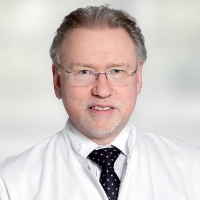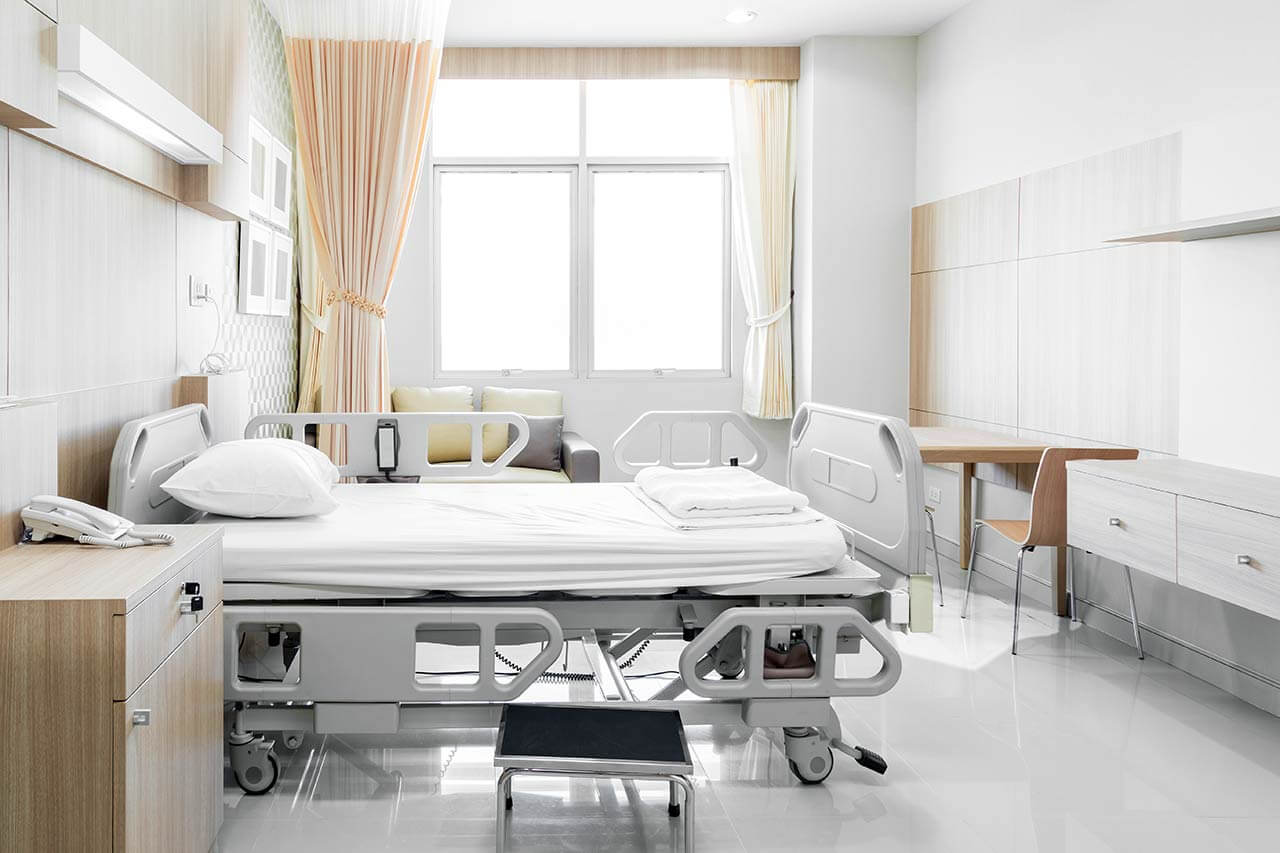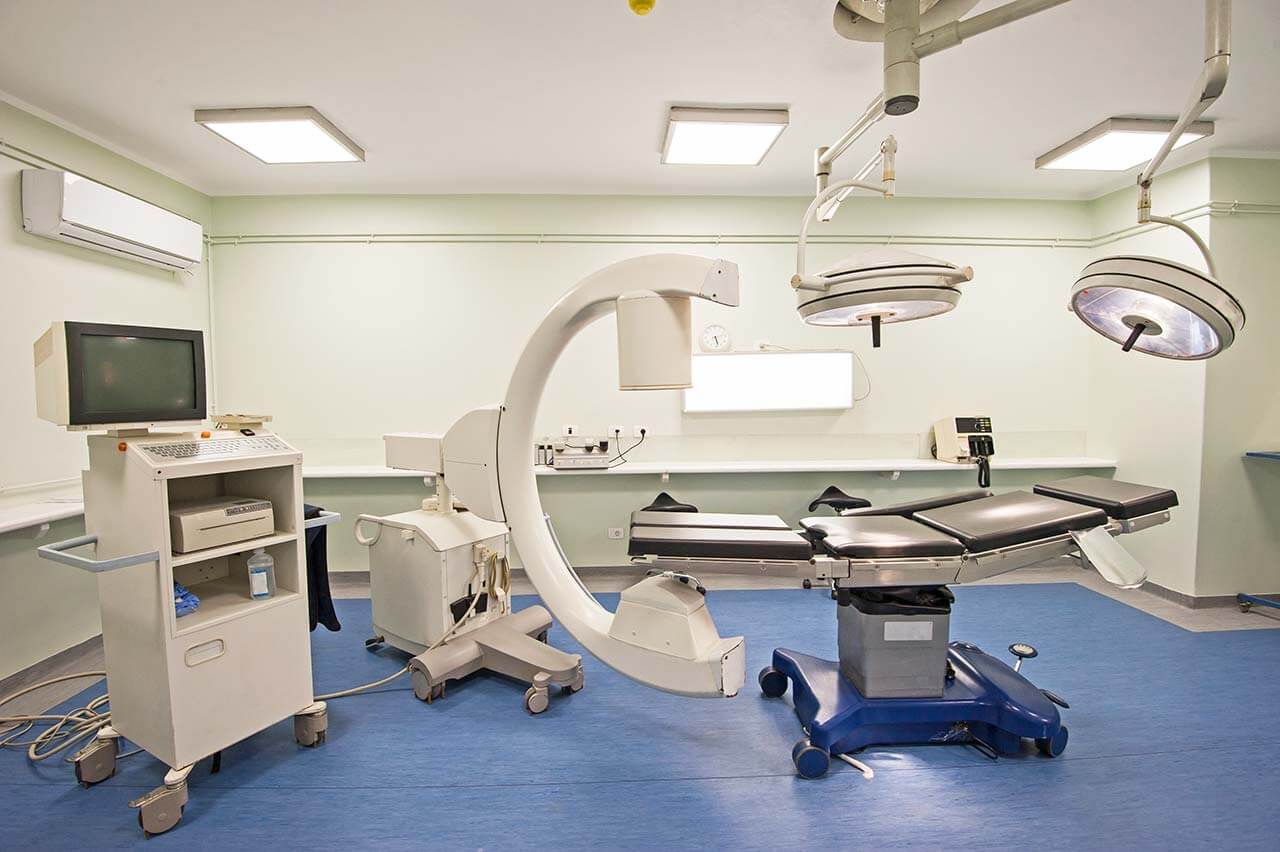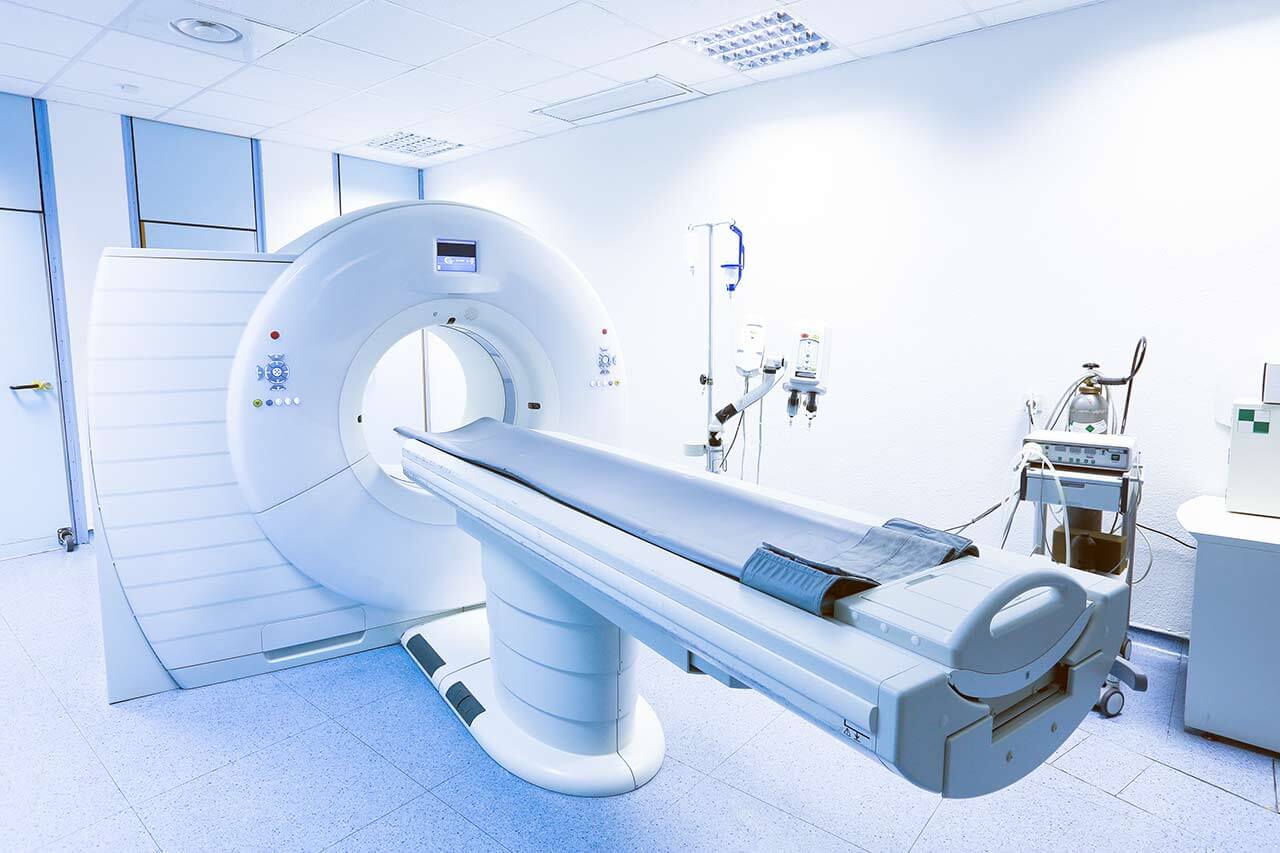
The program includes:
- Initial presentation in the clinic
- clinical history taking
- review of medical records
- physical examination
- laboratory tests:
- complete blood count
- general urine analysis
- biochemical analysis of blood
- inflammation indicators (CRP, ESR)
- indicators blood coagulation
- neurological examination
- functionality x-ray
- CT/MRI scan
- neuropsychological tests (on indications):
- ENMG (electroneuromyography)
- EEG (electroencephalography)
- SEPs (somatosensory evoked potentials)
- VEPs (visually evoked potentials)
- BAEP tests (brainstem auditory evoked potential)
- preoperative care
- treatment of hemangioma with coiling
- 1-day intensive care unit stay
- postoperative MRI control
- symptomatic treatment
- control examinations
- the cost of essential medicines and materials
- nursing services
- full hospital accommodation
- developing of further guidance
Required documents
- Medical records
- MRI/CT scan (if available)
- MR/CT-angiography (if available)
Service
You may also book:
 BookingHealth Price from:
BookingHealth Price from:
About the department
The Department of Adult and Pediatric Diagnostic, Interventional Neuroradiology at the Helios Hospital Berlin-Buch offers state-of-the-art systems for imaging diagnostics of pathologies of the central and peripheral nervous system, as well as innovative imaging-guided treatment methods for neurological diseases. The key focus is on the treatment of cerebrovascular diseases, including stroke. To ensure the comprehensive medical care, the specialists cooperate closely with the Departments of Neurology, Neurosurgery, Vascular Surgery, Adult and Pediatric Ophthalmology. The key to successful clinical practice is the use of the cutting-edge imaging systems for diagnostic and therapeutic measures. The department is headed by Dr. med. Jörg Kandyba.
The department has all the modern technologies for the accurate diagnostics and sparing endovascular treatment of diseases of the brain, spinal cord, including their meninges and neighboring structures, peripheral nerves and blood vessels of the nervous system. The progressive CT and MRI systems provide accurate images of the nervous system down to the smallest detail. In addition, the functional and dynamic methods of MRI allow specialists to evaluate nerve tissue metabolism.
The focus of the department’s doctors is on stroke patients. They are provided with emergency medical care around the clock in collaboration with specialists from the related fields (Emergency Service and Stroke Unit). Typically, stroke is treated using catheter techniques (thrombectomy). In addition, the department’s neuroradiologists specialize in the treatment of aneurysms and arteriovenous malformations. All diagnostic and therapeutic procedures comply with standardized national and international protocols.
Many head and neck pathologies (for example, arteriovenous fistulas,skull base tumors, vascular stenosis, etc.) can lead to pulse-synchronous tinnitus, and therefore, the treatment of this complication is also included in the scope of the department’s tasks. The type of treatment is determined depending on the underlying disease, the risks of treatment and the risk of spontaneous hemorrhage in the brain. This type of tinnitus mostly develops due to dural arteriovenous fistulas. In this case, endovascular fistula embolization is the optimal therapy. In some cases, transvenous therapy using special platinum spirals and biological glue can also be used. The doctors can often resort to combination therapy.
The main clinical focuses of the department include:
- Diagnostic neuroradiology
- Computed tomography
- CT-guided interventional diagnostics
- Magnetic resonance imaging, including functional and dynamic MRI scans
- MR neurography
- CT and MRI in children
- Prenatal and fetal MRI diagnostics
- MRI, CT stereotaxia
- Interventional neuroradiology
- Dilation of carotid artery and cerebral artery stenosis (balloon dilatation, stenting)
- Closure of cerebral aneurysms using removable platinum coils and blood flow regulation stents
- Thrombectomy for acute stroke
- Treatment of vascular malformations (embolization) of the brain, head and neck
- Treatment of vascular malformations of the spinal cord and spinal canal
- Embolization of intensely vascularized head and neck, skull base tumors
- CT-guided treatment of spinal pain
- Treatment of lacrimal and salivary duct stenosis
- Other diagnostic and therapeutic services
Curriculum vitae
Dr. med. Jörg Kandyba took the position of Head Physician of the Department of Adult and Pediatric Diagnostic, Interventional Neuroradiology at the Helios Hospital Berlin-Buch in December 2023. Previously, the specialist held the position of Managing Senior Physician in the Department of Interventional Radiology and Neuroradiology at the clinic in Dortmund. Dr. Jörg Kandyba participated in a project to create Interventional Neuroradiology Centers in several hospitals in different regions of Germany.
Dr. Jörg Kandyba is a certified expert of the German Society for Interventional Radiology and Neuroradiology. He worked for four years as the Head Physician of the Department of Neuroradiology at the Paracelsus Clinic in Osnabrueck. Prior to this, he served for almost seven years as Deputy Head Physician at the Institute of Diagnostic and Interventional Radiology, and later as Head of the Department of Neuroradiology at the Vivantes Hospital in Friedrichshain.
The specialist received his medical education at the universities of Frankfurt and Boston. He also trained in London (in general therapy and surgery). This was followed by twelve years of work in the fields of radiology and neuroradiology, including at the University Hospital Bonn. Dr Jörg Kandyba was also involved in the establishment of the teleradiology project in Frankfurt, including local work in Brunei.
Photo of the doctor: (c) Helios Klinikum Berlin-Buch
About hospital
According to the reputable Focus magazine, the Helios Hospital Berlin-Buch ranks among the top medical facilities in Germany!
The hospital is proud of its rich history, which dates back over 100 years, as well as the status of a maximum care medical center with exceptionally high success treatment rates. The medical institution is an academic hospital of the Charite Medical Complex, which is one of the best in Europe and around the world. To provide its services to patients, the hospital has over 1000 beds, over 60 specialized departments, centers and institutes, including emergency service and a helipad, as well as 23 state-of-the-art operating rooms.
The medical institution presents almost all branches of modern medicine, many of which are certified by professional German societies (for example, certification of the German Cancer Society, German Diabetes Society).
The hospital diagnoses and treats about 52,000 inpatients and more than 144,000 outpatients every year. The medical services and patient care are provided by world-renowned highly competent doctors and qualified nursing staff. To achieve the best treatment results, the doctors of related medical disciplines work closely together and jointly develop optimal treatment regimens.
It is worth noting that the hospital is located in a beautiful green park area. In the immediate vicinity of the hospital one can find Buch Castle, Buch Forest and Barnim Nature Park. All this has a beneficial effect on patients, as they have the opportunity to stroll through beautiful places that inspire and help to gain strength for the successful overcoming of the therapeutic process.
Photo: (c) depositphotos
Accommodation in hospital
Patients rooms
The patients of the Helios Hospital Berlin-Buch live in comfortable rooms made in bright colors. Each patient room is equipped with an ensuite bathroom with shower and toilet. The standard room includes an automatically adjustable bed with a system for calling nursing staff (this system also serves to use TV, radio, lamps), a bedside table, a locker for storing personal belongings, a TV, a radio. The hospital offers WI-FI.
Meals and Menus
The patients of the hospital are offered tasty and balanced three meals a day. Breakfast is served as a buffet with a wide selection of pastries, cereal, sausages and cheese. For lunch, the patients usually have a choice of three menus, including a vegetarian menu. Also, the patient can independently combine a lunch menu from various meat, fish and vegetarian dishes and side dishes. Dinner includes a standard menu and dishes that the patient can choose on his own to his taste.
In addition, the hospital houses a cozy cafe with an excellent assortment of pastries, fresh salads, sandwiches, as well as traditional Berlin dishes. Here you can enjoy a cup of aromatic coffee, hot tea or refreshment drinks.
Further details
Standard rooms include:





